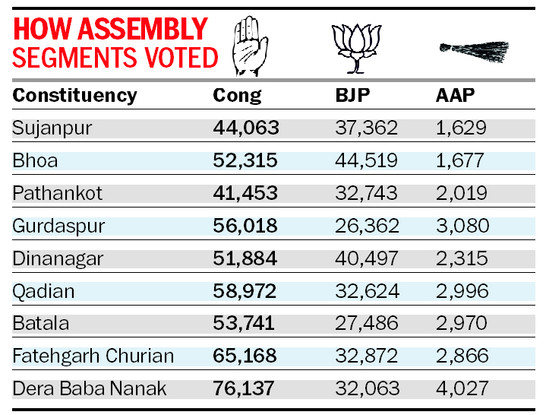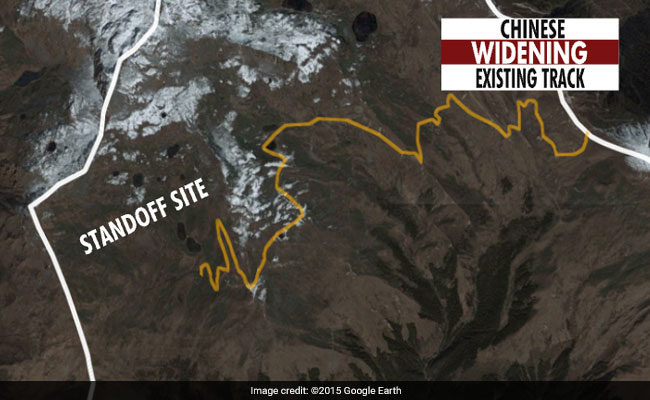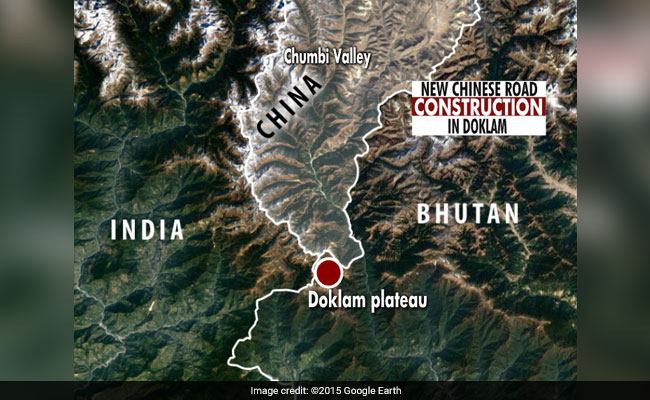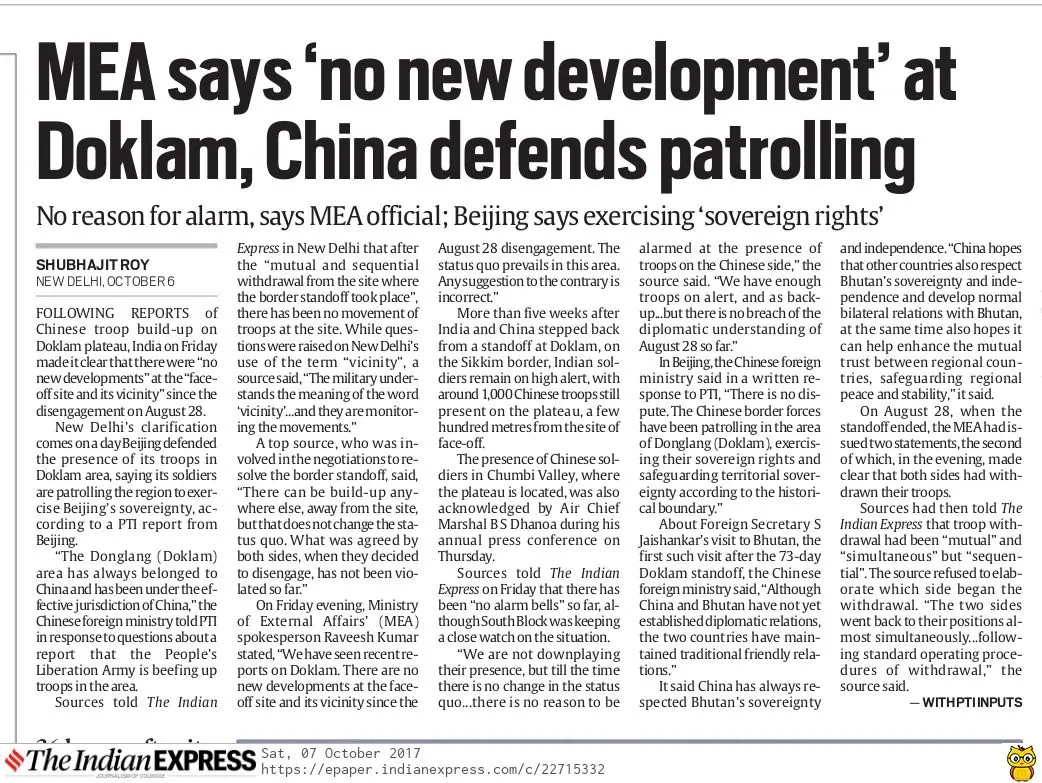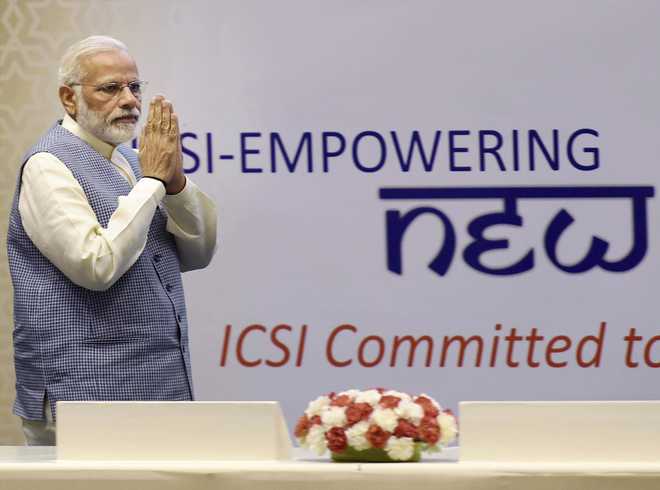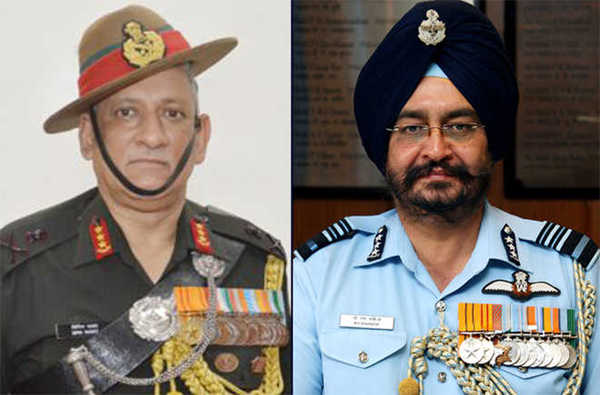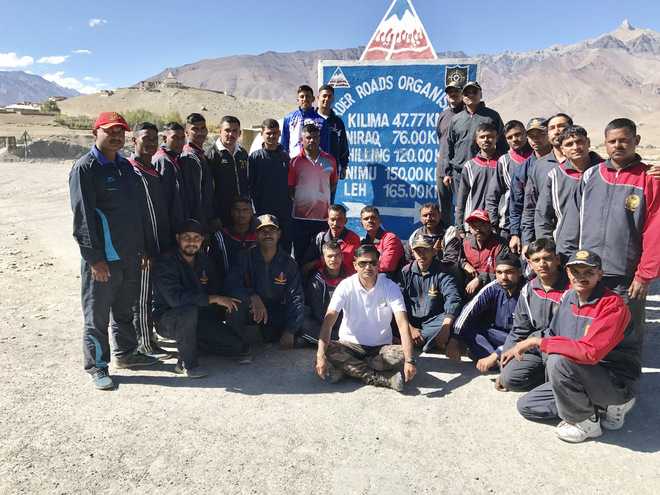
The “muscle-memory” and emotions of the Indian defence forces belie the mainstream perception of a stoic, regimented exterior that is often misunderstood for the lack of independent opinions or sentiments. Strategic restraint is a well-understood military doctrine within the forces; it entails a certain institutional silence on matters that are beyond the professional calling.
However, the asymmetric challenges of the 21st century mandates a combatant, who is more holistic and can think through the layers of environmental issues and contexts that impact his operational duties, albeit without expressing a political point of view.
But hypernationalistic sentiments are threatening the insulated ‘barracks’ with the increasing political appropriation of the image of the soldier, intrusions into personnel matters, and with the expansive and creative (mis)usages of the defence forces. This is threatening the essence, conscience and the agnosticism of an essentially apolitical entity. Certain intangible dimensions are drilled at the altar of baptism, in the training institutions ~ the hallowed Chetwodian codes, ‘turn-out’, ‘service before self’ etc. are inescapable clichés that offer no way out, other than walking-the-talk.
The definitive leitmotif and premium is on the izzat of the uniform that finds expression in the minus 40 degree C Siachen glacier, when a soldier from Chennai cries out, Veera Madrassi, Adi Kollu, Adi Kollu (Brave Madrassi, Hit and Kill, Hit and Kill), when attacking and avenging the izzat of a fallen soldier.
No danger is calculated in the military-mathematics of upholding honour. Yet, despite the nominally ‘casteist’ or regional denominations of the various Infantry regiments, the refrain of any unit is ‘nation first’ ~ first, foremost, and always. Izzat to the national flag and then to the regimental or a unit identity, surmounts all logic and can verge on reckless courage.
Or else, the heroics of the Kargil daredevilry, are inexplicable to the common man. Unknown to even the soldiers themselves is the moral conviction alluded to by the irrepressible American General, George Patton (‘Blood and Guts’) who said, “The highest obligation and privilege of citizenship is that of bearing arms for one’s country”. This belief in the national ‘call to honour’ ensures the blunt kinetic abilities, steely professional conduct and the silent-mode, when accepting any ‘order’.
The constitutional switchboard of the Indian system reaffirms the civilian government’s control over the military. This framework is understandable given the genealogical emergence of India, and the throbbing impulses of ‘democracy’ and ‘liberalism’ that rightfully ensure the subordination of the military vis-à-vis the larger policy and framework, to that of the civilian authority.
The political innocence and the romantic notions of subordinating the military were almost immediately exposed with the Indo-Pak war of 1947-48, which exposed the bloody shortcomings of Partition, that have festered since. India was wounded at birth. And yet, it initially remained politically idealistic and naïve, and thus tentative and wary of the relevance for the Armed Forces, despite the external threats.
The insulation of the treelined cantonments suited the political dispensations and the Armed Forces mutually as it allowed the requisite space and confinement to usher in the golden era of ‘cantonment soldiering’. This passive disinterest in the affairs of the military did result in ‘letting the guard down’, and along with the political misjudgment on China, the inevitability of 1962 followed.
Preceding the insult of 1962, were sure signs of a dangerous drift from a professional ‘nononsense’ approach to a ‘commune’ culture that accepted and rewarded senior officers for undertaking initiatives like building housing projects, debunking military concerns as alarmist, political choices in appointments etc. ~ all diluting the operational rectitude and immutability of soldering. Unsurprisingly, the civilian bureaucrats were complicit accomplices to the ‘secondement’ of the Armed Forces, prior and after the wake-up call of 1962. That year was internalised and personalised for posterity by the Armed Forces.
The uniformed fraternity marvelled at the bravery of Major Shaitan Singh, Subedar Joginder Singh, Major Dhan Singh Thapa and many other unsung heroes who paid the price for Delhi’s apathy. Lessons were learnt and the Chinese were paid back in the same coin in 1967 at Nathu La and Cho La, while Pakistan suffered setbacks in 1965 and 1971. Since then, the inverted flags of the enemy are showcased in the officers’ messes and museums of the Armed Forces, lest anyone overlooks the symbolism and the memory of battle honours.
The institution survives on symbolism ~ a soldier salutes the flag on the bonnet and not the individual inside the vehicle. The newly recruited soldier takes pride in the gallantry of his battalion in such places as Mesopotamia, Haifa and Abyssinia.
The symbolisms are ingenious, composite and inclusive, without compromising on the spiritual tenets of the idea of India. There is no dissonance or dichotomy in owning their colonial origins (e.g. Hodson Horse) or any oddity in celebrating the braveheart Major Mukund Varadarajan as a quintessential ‘Rajput Officer’, or indeed, Lt Ram Prakash Roperia as a ‘Madrasi officer’. Each arm and uniform reveres the chastity of their function ~ the Gunners are the ‘Gods of War’, and the Parachute (Special Forces) truly believe that ‘Men apart, each man emperor’! Such aphorisms make the Indian soldier invincible in Doklam, in front of a numerically unequal and ostensibly the largest military in the world.
Therefore, uncomfortable whispers abound, not when the soldier is stretched to his physicalhuman limits in the battleground, but when a Defence Minister takes the salute in a sloppy slipper! The taint on the institutional ethos and correctitude is both blasphemous and unpardonable, while any call to defend the flag is regarded, irrespective of the price, as an ‘order’ received, and is considered to be a ‘commitment’ that is a given.
Unfortunately, the behavioural ethos has been conveniently undermined for administrative, civic, and now even political ends. The unflagging institutional efficacy is perversely its own undoing. The slide of Izzat persists under all political dispensations.
From the laying of yoga mats to building pontoons for godmen and now the churlish suggestions to use soldiers for clean-up of filth is unimaginable. Such activity can take its toll in emotional terms.
The army as an institution has never shirked or fussed over the quantum of work or the intensity of dangers involved in carrying out any ‘orders’. The soldier has almost inevitably become the last man standing to cover up the institutional failures of other administrative entities. The ‘ramrod straight’ posture is still maintained despite the ignominy of OROPs, indignities of subsequent Pay Commissions, shortage of personnel, and slides in the warrant of precedence. Such problems can have a damaging effect on izzat, indeed the heart soul and spirit of the institution.
The ‘guard must never be lowered’, and the risk stems from the ignorance and/or insufficient understanding of the institutional values, condescending vacuities or worse, deliberate chicanery. The deficiencies of quality and quantity of equipment and manpower are still surmountable, but it is cause for alarm if the ethos, pride, izzat and symbols of professionalism are compromised.
(The writer IS Lt Gen PVSM, AVSM (Retd), Former Lt Governor of Andaman & Nicobar Islands & Puducherry)

